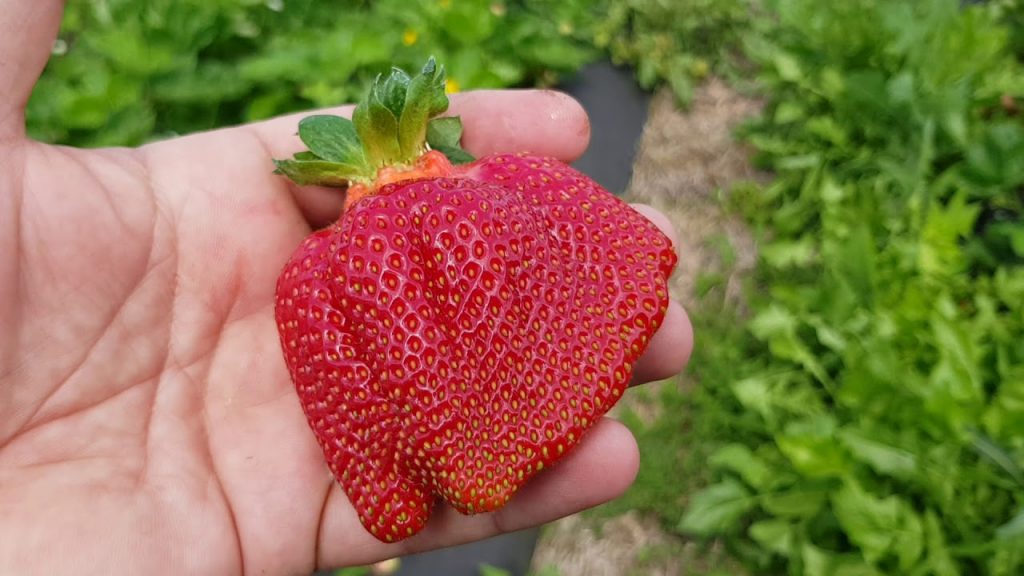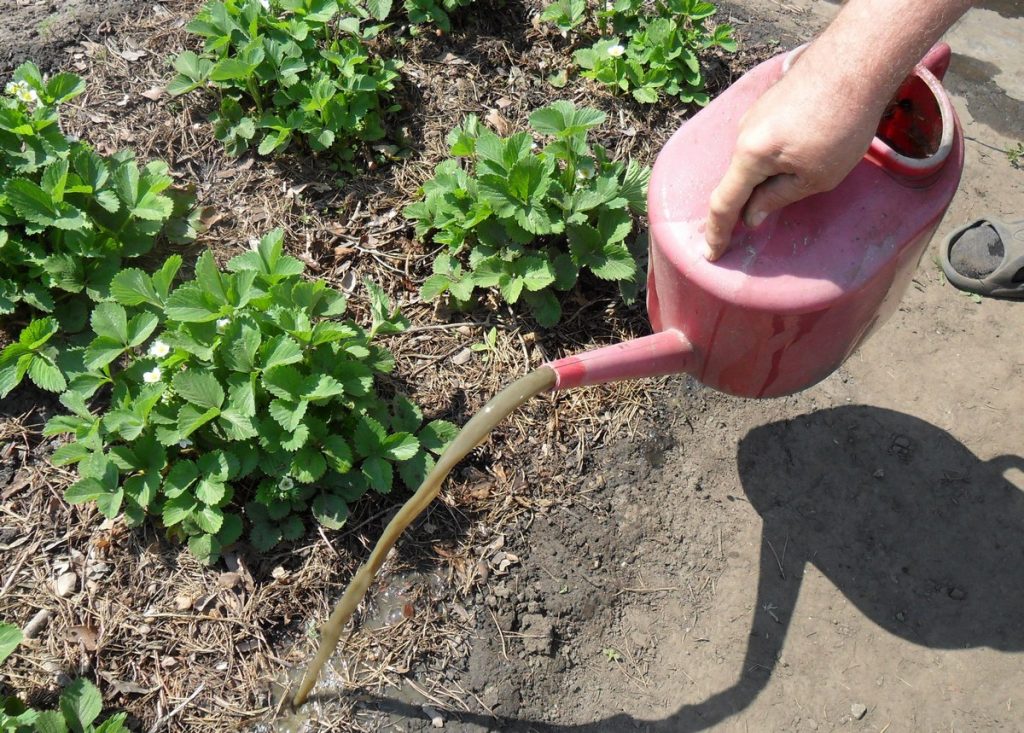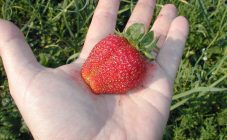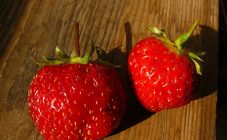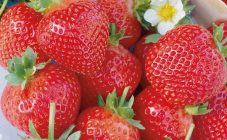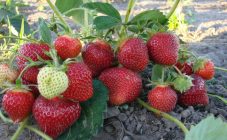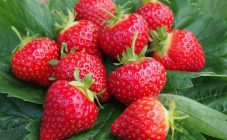Content:
Despite its exotic name, the Asia strawberry first appeared in Central Europe. The acquaintance of Russians with this varietal berry took place quite recently, but its excellent qualities immediately attracted the attention of many amateur gardeners. This variety was developed in 2005 by a group of Italian breeders who dreamed of a hybrid with unique characteristics.
According to their idea, he was supposed to have maximum resistance to various garden diseases and tolerate bad weather well. We can say that almost all of the tasks were successfully solved, since the variety turned out with a lot of advantages. In addition to its declared resistance to serious diseases, it provided a bountiful harvest and had fairly large fruits. In addition, the strawberries of Asia were distinguished by a unique taste, and she herself tolerated frosts well, while having an early ripening period.
For this reason, the berry culture quickly spread first throughout Italy, and then crossed the borders of the Alpine republic. At one time, she appeared in Russia, where her popularity continued to grow every year. Strawberries of the Asia variety, whose yield characteristics no longer cause any doubts, over time began to be considered their own among Russians.
Description of the variety
The main properties of the fruits of this plant can be described by the following characteristics:
- Out of all the variety of existing species, this strawberry variety stands out not only for its yield, but also for the attractiveness of berries ripening on its bushes.
- They delight gardeners with their large size (the weight of each of them can vary from 34 to 80 grams), as well as an amazing bright red shade with a characteristic glossy glint.
- They have a conical shape, and the flesh is rather juicy and sweet in taste.
- At the same time, when biting, they emit a specific crunch and spread a unique aroma (approximately the same as that of strawberries).
- The berries picked from the bush are very easily separated from the stalk holding them and contain a large amount of sucrose (up to 7.3 percent in one hundred grams of pulp).
The plant itself is distinguished by rather large and very wide leaves, complemented by thick tendrils. Erect and rather tall shoots in the process of development are completely covered with peduncles, which guarantee a stable harvest.
This culture is notable for its good frost resistance (it tolerates ambient temperatures up to 17 degrees) and good resistance to garden diseases.
Strawberry Asia with a description of the variety which can be found in this section usually begins to bloom in the middle of May. At the same time, her flowers grow quite large in size, white, with a yellow center and mainly of a female type. Since this strawberry variety is only partially fertilized on its own, it will definitely need insect carriers.
The resulting crop is distinguished by its great versatility, since on its basis it is possible to prepare not only jams and jams, but also mashed with sugar or frozen foods.In addition, they make excellent juices and compotes, as well as delicious wines, liqueurs and liqueurs.
We add to this that this variety is quite suitable for commercial use, since its fruits tolerate long-term transportation and storage well. In Russia, its successful cultivation is possible in the southern territories, as well as in the regions of the Black Earth Region. In the northern regions, it is permissible only under the condition of reliable shelter for the winter (however, in this case, no one guarantees the previously declared high yield).
Growing features
Seat selection
The main feature of Asia strawberries is the limited period of fruiting (it actively bears fruit for no more than three years). After the specified time, the yield of this crop decreases sharply, and the berries are greatly crushed and lose their inherent aroma. In addition, this plant is demanding on the quality of the soil and climatic conditions in the planting area.
Usually, for planting, an even and well-lit place is looked for, moreover, reliably protected from drafts. This choice is explained by the fact that with a lack of moisture and sunlight, this plant will not be able to fully develop and bear fruit. In the worst case, disease or complete death of its bushes is not excluded. For normal crop cultivation, the following recommendations will need to be followed:
- The soil for planting is selected taking into account the fact that strawberries cannot tolerate clay soils with additives of carbonates (it should be light and loose enough).
- Its moisture also significantly affects the development and reproduction of this berry, so excessive watering and excessive drying of the soil are not allowed.
- It is recommended to plant this variety in April (spring), and in autumn - in September, since these two months are most favorable for the normal rooting of strawberry seedlings.
- Immediately before planting them, the soil should be fertilized with organic matter (manure) or minerals containing elements of phosphorus and potassium.
Disembarkation procedure and care
When planting strawberries the distance between adjacent rows of seedlings is chosen at least 45 cm. Experts advise to plant them in a checkerboard pattern, which guarantees freedom of growth and reliability of fruiting. In addition, the gaps between them will have to be mulched with needles or rotted leaves.
Planting is done in well-moistened soil; while the roots of the sprouts are gently straightened. This guarantees their quick survival, which will be noticeable after 12 days.
Current care of this plant comes down to the following mandatory procedures:
- Watering and feeding.
- Preventive measures.
- Hilling the beds and weeding them.
Moistening of the soil should be strictly dosed, since its drying out and waterlogging can lead to the death of the shoots. The growing bushes need to be watered only at the time of flowering and ripening of berries, as well as immediately after they are harvested.
Fertilizing for feeding strawberries should be donego twice a season, namely:
- First time - in spring, during the growth of leaves, when the sprouts are fertilized with ash, humus or rotted manure (always separately).
- Second time - after picking berries, when fertilizers containing nitrogen are applied (ammophos, for example). As a last resort, chicken manure can be used for this.
In order to avoid overgrowth of weeds, the beds should be mulched or covered with a black film with slots for sprouts. If for some reason it is impossible to do this, weeds should be destroyed manually, carefully pulling out the roots. Subsequently, it is necessary to periodically spud the rosettes of the plant, which will provide oxygen access to the roots and contribute to the destruction of weeds.
Advantages and disadvantages
The main advantages of this strawberry variety include:
- Great taste.
- Suitable for long-term storage and transportation.
- High yield and resistance to garden diseases.
- Early maturation and drought tolerance.
An easily removable disadvantage of these plants is not very good adaptability to severe frosts. In areas with moderate climatic conditions, they will need additional care for the winter (shelter with agrotechnical cloth, for example).
In conclusion, the Asia variety is well suited for commercial strawberry growers. In this case, too much investment will not be required for the success of the enterprise.
